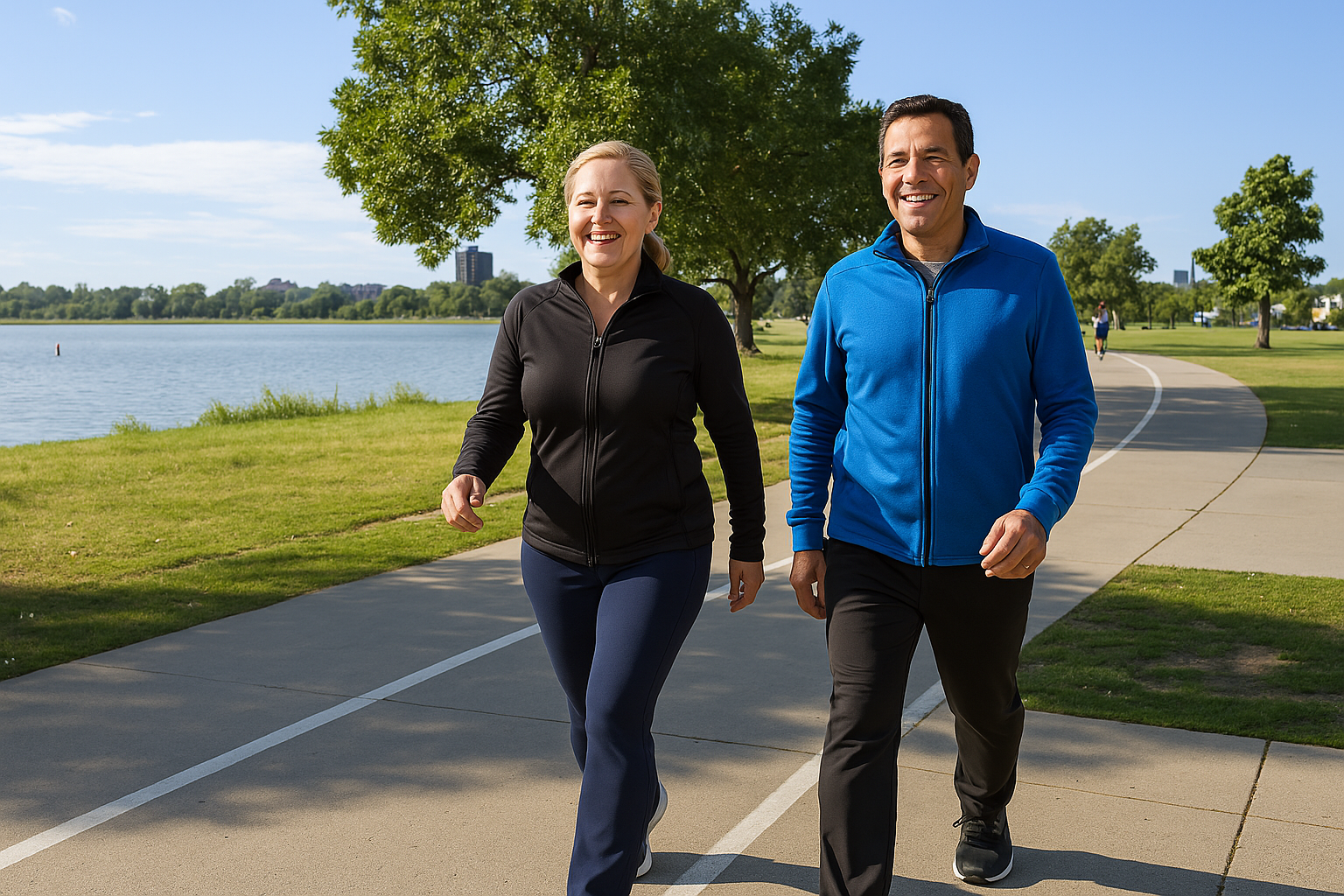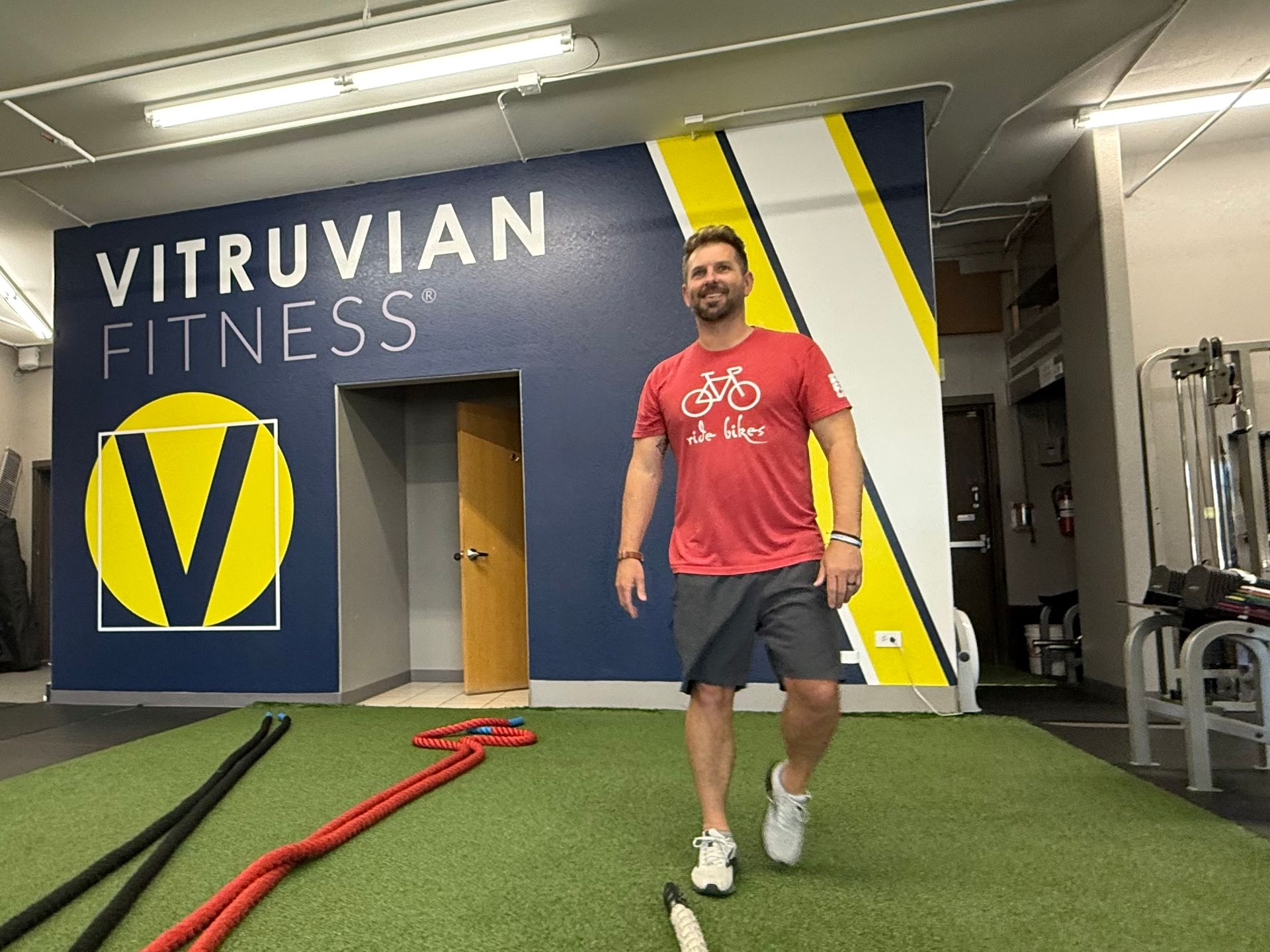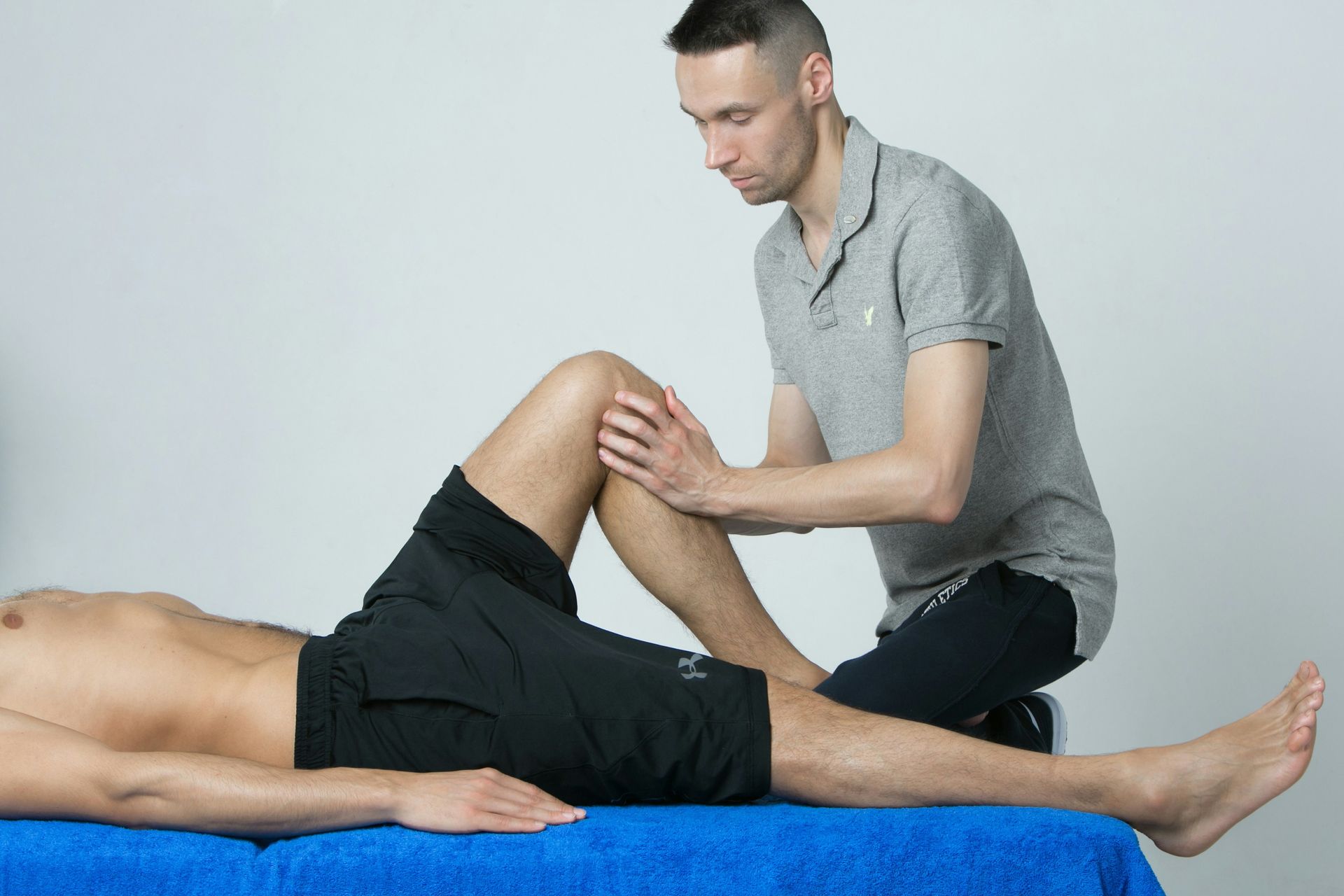Japanese Interval Walking
Until I read this study, I was firmly in the “walking is activity, not exercise” camp. Before you run me out of town, let me explain and then I’ll eat my hat.
The human body is designed to seek efficiency when it comes to living, moving, and grooving.
Let’s look at a slightly extreme example. Runners (in grossly simple terms) get faster and go farther because the musculoskeletal system becomes more efficient at moving the legs. The cardiovascular system becomes better at supplying oxygen to the muscles. And the cellular energy systems (remember mitochondria - the powerhouse of the cell?) improve how they produce energy and clear energy byproducts.
Cyclists are the same. What may have been hard at the beginning of a training phase becomes easier with focused training.
That’s efficiency.
Walking is the same. If you struggle to walk around the block, you’ll get better the more you work at it. Eventually, you’ll add distance and speed. As the walking becomes less of an effort, the benefits shrink as well.
And this is where I’m partly right but mostly wrong.
Welcome to Japanese Interval Walking Training (IWT).
This method, developed by researchers at Shinshu University in Japan, is deceptively simple and surprisingly effective. It’s particularly well-suited for busy adults, older populations, or anyone who doesn’t love traditional cardio but still wants the benefits.
Let’s break down what it is, why it works, and how you can start today.
Japanese Interval Walking Training is a structured walking program that alternates between moderate-paced and fast-paced walking, based on time intervals rather than distance or heart rate.
The basic protocol:
- 3 minutes of moderate walking (brisk but comfortable)
- 3 minutes of fast walking (as fast as you can without jogging)
Repeat this cycle 5 times for a total of 30 minutes.
That’s it.
This may sound almost too simple to be effective—but that’s exactly why the science behind it is so compelling.
What the Research Says
The roots of IWT go back to the early 2000s, when Dr. Hiroshi Nose and his team studied the effects of alternating walking speeds on health and fitness in older adults. Over a decade of research—including multiple randomized controlled trials—has shown:
- VO₂ max (aerobic capacity) improved by up to 20%
- Blood pressure, blood sugar, and cholesterol levels significantly reduced
- Leg strength, balance, and walking speed increased
- Cognitive function improved, particularly executive function in older adults
In one study, over 600 adults with an average age of 68 participated. Those who walked at a consistent moderate pace for six months saw no significant health improvements. (This is the part I was right about.)
But the interval group? They made dramatic gains in every major metric. (This is the part I was wrong about!)
It’s the classic case of
intensity over duration, applied in a smart and sustainable way.
Why It Works
IWT leverages the principles of high-intensity interval training (HIIT)—short bursts of effort followed by recovery—but it does so in a low-impact, joint-friendly format. The fast walking segments raise your heart rate, engage more muscle groups, and stress your cardiovascular system enough to drive adaptation. The moderate walking provides active recovery without full rest, keeping your metabolism elevated.
It’s also self-regulating. You don’t need a heart rate monitor or fancy gear—just your own body’s sense of effort. Most people can feel the difference between walking “comfortably” and walking “as fast as possible without jogging.”
How to Start
If you can walk, you can do IWT. Here’s a simple plan:
Beginner (Week 1–2):
- Start with just
3 cycles (18 minutes total)
- Walk 4–5 days per week
- Fast segments should feel like an
RPE (Rate of Perceived Exertion) of 6–7 out of 10
Intermediate (Week 3–4):
- Increase to
5 full cycles (30 minutes total)
- Keep the fast walking at RPE 7–8
- Focus on maintaining good posture and arm swing during fast intervals
Advanced (Week 5+):
- Add challenge by walking uphill, wearing a weighted vest, or extending to 6–7 cycles
- Push fast segments to RPE 8–9, approaching breathlessness
- Consider tracking your performance (e.g. steps per minute or distance per fast segment) to monitor progress

Ready
to Build Strength the Way that's Best for You?
Our 14-Day Trial introduces you to strength training that’s gentle, effective, and personalized—just like this walking method.
Consistency is key. Even 4 days per week of IWT has been shown to provide substantial improvements.
Tips for Success
- Use a timer or app. Set a repeating timer for 3-minute intervals to stay on track without constantly checking your watch.
- Wear supportive shoes. Even though it’s just walking, fast-paced walking puts more stress on your joints and muscles.
- Track how you feel. Use a habit tracker to record how many intervals you complete, your effort level, and any physical or emotional changes you notice.
- Invite a buddy. Interval walking is more fun with a friend—and you’ll be less likely to skip it.
A Final Word: Walking Smarter, Not Harder
Japanese Interval Walking Training is one of those rare gems in fitness: a low-barrier, evidence-based practice with broad benefits and little downside. Whether you're looking to improve your heart health, build endurance, drop body fat, or just feel more energetic, this is one of the most efficient ways to do it—especially if you don't love traditional cardio.
At Vitruvian Fitness, we’re all about helping you move better, feel stronger, and live longer—with practical tools that fit your life. IWT is a great example of that philosophy in action.
Ready to try it? Lace up, set a timer, and start walking your way to better health—3 minutes at a time.
One More Final Word: Specificity Still Rules
If you are training for a huge cycling event, or a half-marathon, or a triathlon, or something else that’s super cool like that, specificity in your training rules. Just because IWT has myriad health benefits, those benefits don’t correlate to performance improvements beyond the beginner level in any other sporty pursuit. You still have to swim, bike, and run to get better at swimming, biking, and running.
Let’s play!
Sources
https://www.researchgate.net/publication/379116557_Health_benefits_of_interval_walking_training
You might also enjoy these posts . . .








